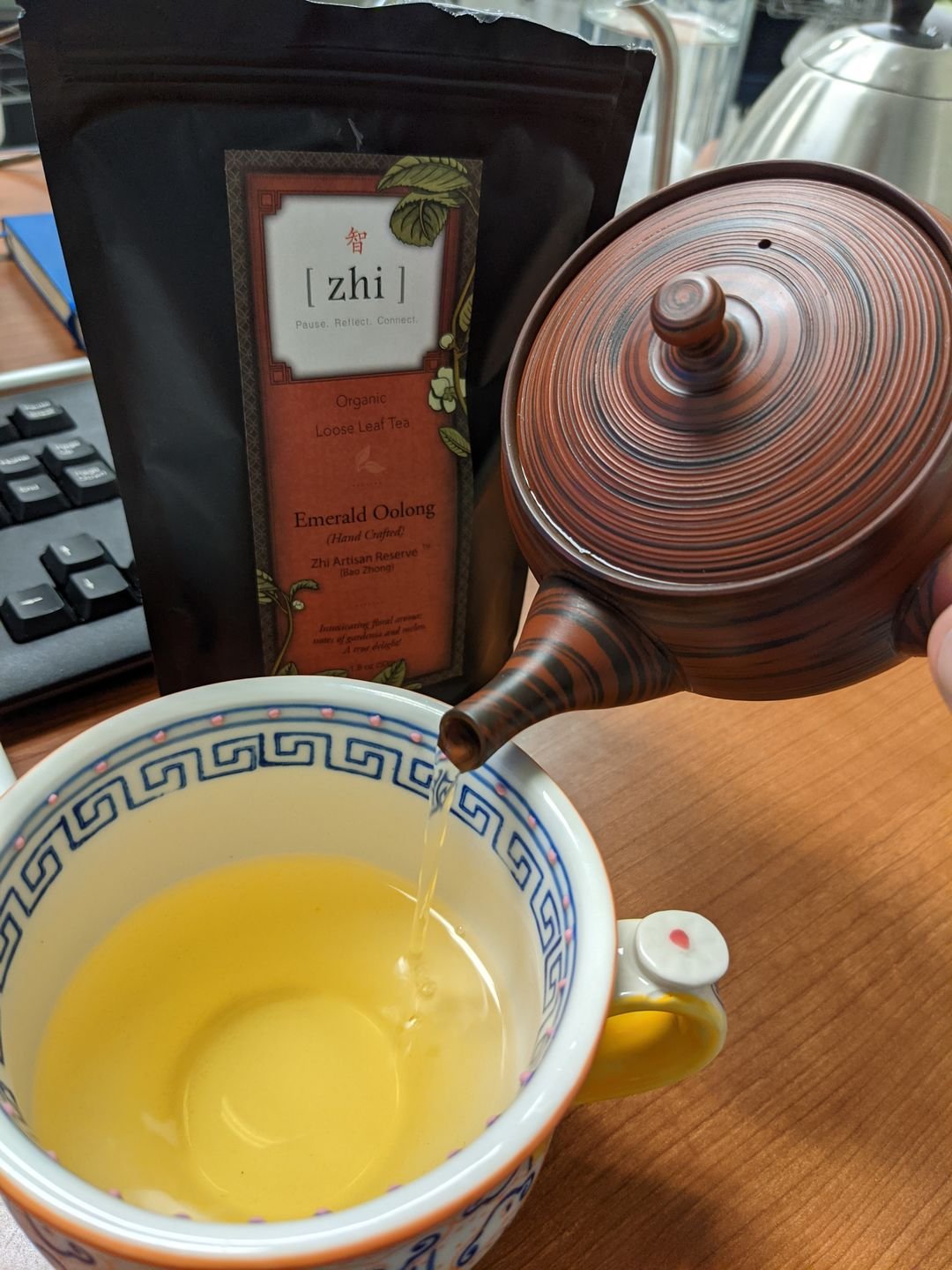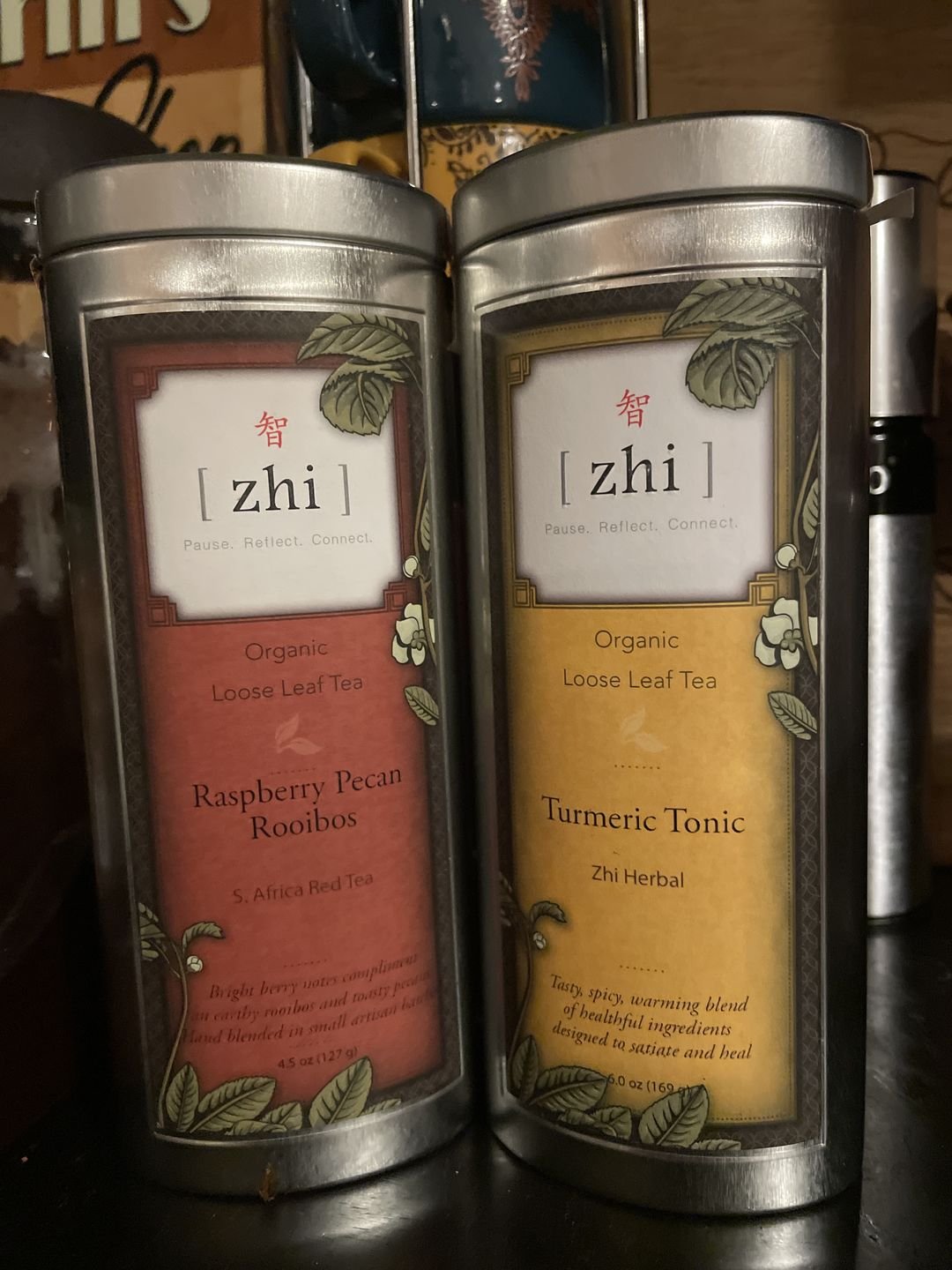The Guest v. The Shamshine Blind
The 2024 Tournament of Books, presented by Field Notes, is an annual battle royale among 16 of the best novels of the previous year.
MARCH 13 • OPENING ROUND
The Guest
v. The Shamshine Blind
Judged by Isaac Fellman
Isaac Fellman (he/him) is a writer and archivist from San Francisco. He is the Lambda Literary Award-winning author of Notes From a Regicide, upcoming in 2025, as well as Dead Collections, The Two Doctors Górski, and The Breath of the Sun. You can follow him on Bluesky and subscribe to his newsletter. Known connections to this year’s contenders: “Mattie Lubchansky is a friend who has blurbed me before.” / isaacfellman.com
Noir is an easy genre to try and a hard one to nail. We all know it when we see it, but do any two people define it the same way? Must there be stylish cinematography, a femme fatale, seduction, desperation, petty evil, a touch of melodrama, black comedy, hardboiled narration? But the evil in The Third Man is anything but petty; half of The Big Clock is a media satire; the detective in Kiss Me Deadly is a more convincing femme fatale than any of the women in his life, plus it’s about a glowing suitcase that kills you. You might say that the best noir demands that we reconsider what noir is.
Both of the books in today’s match, Emma Cline’s The Guest and Paz Pardo’s The Shamshine Blind, make serious bids to be that kind of noir. Only The Shamshine Blind is marketed as noir, but it’s also an obvious influence on The Guest, which draws on the side of noir that’s all about desperation, in which the fatal person—femme, homme—has nothing left but their beauty and wits. The heroine, Alex, functions as a detective, in the sense that all con men are detectives. It’s just a matter of whether you use your insight to help or to grift.
At the top of The Guest, Alex, a down-on-her-luck sex worker, gets dumped by her wealthy boyfriend and is left homeless. Killing time until the party where she hopes to win him back, she grimly charms her way through a beach town, befriending or seducing the rich and their servants just long enough to charge her phone. Everything Alex does is small-time, messy, and sad; we feel her small triumphs the way we feel triumphs in a video game, a free cheeseburger here, a stolen ruby stud there. This is someone playing for low stakes and still reliably losing.
Three hundred pages, fast as they are, is still a lot of time to spend with someone who chooses emptiness.
The Guest is a quick and brutal read. It has a good sense of design, a sense for the disgusting or disturbing detail. In one early passage, Alex rigorously chronicles a day with a drug-dealer ex, the “line of whipped cream containers covered in stickers along a windowsill, empty seltzer cans in a CVS bag on top of the trash,” his way of “cradling a stuffed penguin in his arms, worrying its shiny button eyes.” This is someone who notices things, probably notices them too much. The Guest builds these small impressions into an incisive portrait. Under her beachy, dead-eyed façade, Alex is full of rage at the people she’s conning. It’s not that she feels wronged by them, but that they’re so goddamn sad, and they make her so goddamn sad. Their wealth maintains them in a frictionless world, tidy and consequence-free, but you need friction to paint or run or have an orgasm. Alex, meanwhile, has seen enough friction to get burned.
For all its virtues, The Guest plateaus early. Alex is interesting but not complex. In each section, she comes into a room, does the damage she came to do, then becomes overwhelmed by empathy for her victims and blames them for her feelings—as if she experiences her own personality as a force majeure. She doesn’t want to know much about the people around her, so we don’t get to know them well, either. All of this feels intentional, but 300 pages, fast as they are, is still a lot of time to spend with someone who chooses emptiness.
FROM OUR SPONSOR
The Shamshine Blind goes at noir in another direction: It’s a hardboiled detective story set in a fallen San Francisco. In a witty update on the black-and-white cinematography of the classic noir era, The Shamshine Blind is awash with color. It takes place in a world where Argentinian scientists have developed psychotropic paints, chemical weapons that led to Argentina conquering the world back in the ’80s. Now, in alternate 2009, the city is a clashing danger zone of Deepest Blue (which causes forgetfulness), Magenta (which causes romantic obsession, often to the point of murder), and other, still more dangerous hues.
Kay Curtida is a Pigment Enforcement agent, part of a team of paint cops selected because they all have severe depression. The logic goes that depressed people are used to suppressing their emotions, so they’re the ones best equipped to enforce illegal uses of the paint. Curtida, her love interest, and her team pursue an investigation that starts with some bootleg Sunshine Yellow Happiness (“Shamshine”) and ends up uncovering a conspiracy at the highest levels of society.
As a former mental health crisis worker, I get how black humor gets us through difficult times.
The Shamshine Blind’s premise is arresting, but I struggled with its execution. The novel’s tone is half darkness, half camp. On the one hand, it’s haunted by PTSD, depression, and suicide, and there are glancing references to non-paint-related atrocities—for example, the Argentinian government has treatments for AIDS, but the foreign service intentionally denies them to gay men. (A character explains that before meeting his older boyfriend, “I’d never met anyone else like me who’s made it to 40.”) On the other hand, there’s a running comic-relief bit about how Curtida can’t get much hot sauce since the Argentinians have banned international trade in peppers, and her narration is quippy and snarky. In explaining the 1989 Magenta attack, inflicted on the city at a music festival by “a bunch of anachronistic hippies [who’d] decided to turn it into the real City of Love,” she narrates, “The bassist and drummer were dismembered. Within half an hour, there was no sign of the singer and guitarist. It took two months for the national guard to pacify the city. Folks who’d been as far away as Sausalito that day were still dotting their ‘I’s’ with hearts twenty-five years later.”
As a former mental health crisis worker, I get how black humor gets us through difficult times, but the book devotes so much more time to hot sauce than HIV, so much more energy to hardboiled quips than human suffering. We get the sense that Curtida, a mentally ill woman of color, is still granted enough privilege as a cop to experience the occupation mostly as an inconvenience. As a result, she doesn’t feel like the right person to tell this story.
Add obviously guilty crooks, a limited characterization of side players, and a romance that depends on delusion to keep the lovers apart, and you get a sense of why The Guest edges out The Shamshine Blind for me. The Guest wasn’t perfect, but I thought its blend of nihilism and delusion was headier, its struggling heroine more compelling, and the seething emotions behind its cool façade more powerful. Shamshine is a noir pastiche, but The Guest gets under noir’s skin.
Advancing:
The Guest
Match Commentary
with Kevin Guilfoile and John Warner
Kevin Guilfoile: This judgment impressed me, John.
The middle of the last century saw the rise of two related but separate mystery genres: noir fiction and the hardboiled detective story. If you ever confuse the two in the presence of a mystery writer, we will kindly Sam-Spade-splain that the protagonist of hardboiled fiction was often a detective who didn’t play by the rules but who was ultimately seeking something resembling justice, even if only because they associated justice with a paycheck. The main character in noir fiction was usually some combination of wronged and wrongdoer, victim and villain. Justice wasn’t always on their radar—in fact, these stories frequently tended toward a kind of nihilism. Think about the most lurid of old pulp paperback covers, featuring bad people in a helpless spiral toward bleak ends.
These definitions are kind of blurred in the popular imagination because the cinema genre of film noir put them both in a blender and gave them the same visual vernacular (which wasn’t unearned; both kinds of novels certainly share a mood). In literary terms The Big Sleep would be hardboiled, Double Indemnity, noir.
Reading it, I hadn’t considered the idea that The Guest is a work of noir, but when you view it through that lens, as Judge Fellman suggests, the epiphanies are immediate. It’s noir from the point of view of a hanging-by-her-fingernails femme fatale who seduces her way in and out of a series of low-stakes encounters with mostly willing (at first) accomplices.
Noir stories also deal frequently with class, a theme at the center of The Guest, as well. Alex has no money, no savings, no plan. She has nothing like a bankable skill, but she uses her good looks and sharp wits to navigate through the posh backyards of the Hamptons. At no point does the reader anticipate a happy ending for her.
John Warner: Indeed, Judge Felllman describing The Guest as noir gave me a similar lightbulb moment that had me reconsidering my own response to the book, which was a mix of deep admiration for how Cline gets what’s happening in the novel onto the page in a compelling way, and something of an ambivalence about what seemed like an “and then” feeling to the plot.
Judge Fellman revealed layers that I think are very much there, but which I failed to discern.
Kevin: As Judge Fellman points out, The Shamshine Blind is more of a hardboiled story, but that mood is a bit of a satirical gimmick. The sci-fi/noir crossover (Blade Runner, Dark City, etc.) is almost a genre of its own by now. Which is not to say that it doesn’t work here—this is an enjoyable read—but Judge Fellman lays out the case that what The Guest accomplishes is a little more interesting.
John: The Shamshine Blind was, I’m afraid, a DNF for me, and to be honest I didn’t get all that far. I could not get myself to latch onto the world the novel was asking me to enter in a way that brought it to life for me. For whatever reason, at the moment, I did not have the bandwidth or drive to figure out what I needed to grasp in order to roll with the story.
Kevin: I think this has been used as a device so much (often in parody) that it signals to the reader a kind of storytelling that maybe you shouldn’t take too seriously. There are certainly earnest practitioners of hardboiled and noir in contemporary mystery fiction, but when used as a gimmick, it can have a distancing effect on the reader, as it did with you. I liked Judge Fellman’s contrasting of the noir “pastiche” in The Shamshine Blind with the more subtle use of the tradition in The Guest.
I thought Shamshine was fun, though.
You and I will be back in the booth tomorrow as Nana Kwame Adjei-Brenyah’s Chain-Gang All-Stars takes on the body horror of Alison Rumfitt’s Brainwyrms.
Staff picks
This year we’re featuring some of our favorite independent businesses whose products we’ve used and loved—including some owned and operated by friends (and friends of friends)—and today we want to direct your attention to the Austin, Texas-based Zhi Tea.
For the past 17 years, Zhi Tea has earned a reputation for its organic single-origin teas, high-quality matcha, herbal teas, and pu-ehr teas—in particular, we’ve field-tested their in-house artisan blends, especially the chai coconut (in the afternoons) and Egyptian chamomile (for nighttime reading/wind-down). Both are lovely, complex, flavorful blends. Highly recommended.
Tournament of Books fans get 15 percent off all tea purchases at Zhi Tea through the end of March with the discount code ROOSTER.




